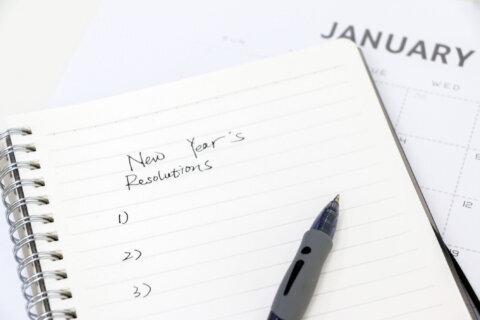Hotter months can mean bad news for lawns across the region. With dry conditions sweeping the D.C. area and little rain in the forecast, here’s a two-step regimen that can help lawns survive the summer.
“In our industry, this is known as summer decline,” said Greg Matson, general manager at Chesapeake Lawn Science, a Howard County, Maryland-based lawn care company. “Your lawn looks so good on May 31, and by August 31, it doesn’t look so good.”
The service sees its highest calls for help in June, July and August, when a lack of rain and high heat can wreak havoc on lawns across the region. Matson said brown or yellow patches and dull grass blades are the first signs of a thirsty lawn.
“That’s a good sign that it’s time to get the water down,” he said. “The temperature is a stress and anytime you stress a plant, you start to see it decline.”
Matson said water lawns for roughly one to three hours once a week for better results. The goal is to emulate about an inch of rainfall. He also advises to water in the early morning hours instead of late night or overnight.
“The combination of wet leaf surface, warm temperatures and darkness equate to disease and fungus,” said Matson. “I don’t like clients to water much past 3 p.m. We want to give the grass plenty of time to dry off before it gets dark.”
The second part of the regimen for a healthy summer lawn involves the mowing process.
Matson said it is best to sharpen mower blades before cutting grass and raise the height of the cut during the mow.
This tip also prevents disease in grass.
“[In the summer], I tell all of our clients to mow lawns on the absolute highest setting that their mower can go, about four inches,” he said. “And if you’re mowing with a dull blade, it’s going to fray the ends of the grass. And when those tips are frayed, it’s easier for disease to enter the plant.”







